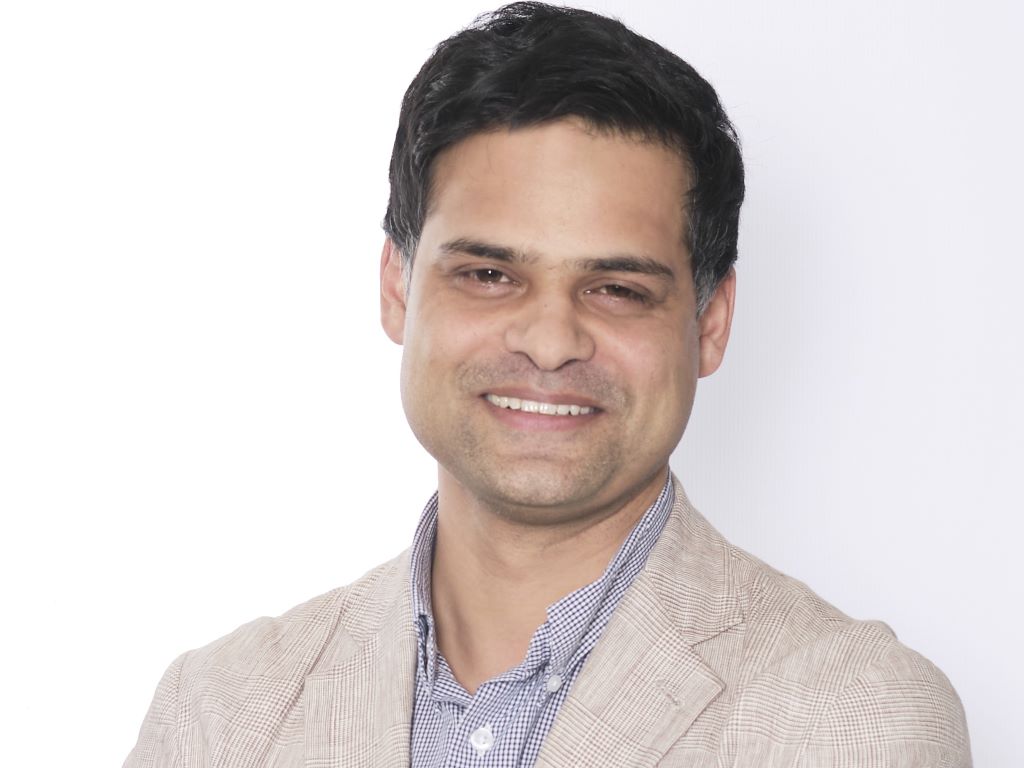Prevention or Crisis: the Hidden Economics of South Africa’s Healthcare Choice

By Dr Yaseen Khan, co-founder and CEO of digital healthcare platform EMGuidance
As South Africa grapples with healthcare costs that consistently outpace inflation, medical aids recently announcing price increases of 10% or more this year, and the proposed National Health Insurance (NHI) estimated to cost as much as R1.3 trillion, the need for innovative solutions has become increasingly urgent.
While much attention in health innovation has focused on specialised solutions and hospital services, evidence points to an underutilised solution: robust primary healthcare (PHC) enhanced by digital innovation. This approach could meaningfully impact the chronic disease prevalence in our country through adequate early diagnosis and preventative treatment using tech and other digital tools. Also, it’s important to bear in mind that managing chronic conditions accounts for the majority of healthcare costs, especially for non-communicable diseases.
The current reactive approach to healthcare is proving unsustainable. Recent data from the Council for Medical Schemes shows that South African medical schemes spend nearly 40% of their resources on hospital-based care, approximately 30% on specialists and downstream care, while less than 10% goes to preventive and primary care services.
In addition, given increasing medical aid costs, more people are opting for low-cost health insurance products that serve primary needs without (or with limited) hospital cover. Recent estimates show that there are now about 1.5 million policyholders using low-cost insurance offerings.
The World Health Organization (WHO) estimates that scaling up primary healthcare interventions across low and middle-income countries could save 60 million lives and increase average life expectancy by 3.7 years by 2030, calling it “the most inclusive, equitable, cost-effective and efficient approach to enhance people’s physical and mental health”.
In addition, it has urged governments and health authorities to refocus and re-strategise on what PHC should be, while innovating to “harness current and future technological advances; and, ultimately, return to and strengthen the human connection between health providers and those they serve”.
GPs are also struggling under large patient loads, as well as trying to juggle the varying requirements of medical aids, multiple digital platforms and networks, and trying to do the best for their patients, optimising for both their health and their pockets, while also keeping track of local public health matters such as vaccine drives and infection screening programmes. This leaves very little time for basic cardiovascular or cancer screening in patients who are high-risk, for instance.
All of this is a starting point for a coordinated and guided digital platform where doctors can get the best out of the system for each patient – choosing the right medicine for them and selecting what the scheme will cover, referring them to the right network hospital, selecting the right network specialist, and really maximising primary healthcare by supporting clinical behaviour tuned to identifying chronic disease and ensuring that high-risk patients are managed aggressively. It’s what “prevention is better than cure” looks like, and will save costs for patients, medical schemes and even the government over the long term.
Both private healthcare providers and medical schemes stand to gain significantly from lower hospital admission rates, a reduction in specialist visits, and better chronic disease management. Proven digital health solutions could also be scaled nationally to assist the NHI with optimised resource allocation, and the implementation of successful preventive care models.
To maximise benefits, several key elements will have to be prioritised in terms of infrastructure development: we need secure digital platforms that integrate existing healthcare systems and portals, and the development of user-friendly interfaces. The goal is to deliver a platform that will make life easier for busy GPs, ease the friction for patients, healthcare practitioners (HCPs) and schemes alike when it comes to managing benefits, and produce better health outcomes at a lower cost.
For South Africa’s healthcare sector, the combination of strengthened primary care and digital innovation presents a compelling opportunity to contain costs while improving care quality. With non-communicable diseases accounting for 55.7% of all deaths in South Africa, and diabetes alone costing the country R2.7 billion annually, the economic case for prevention and early intervention is clear.
Solving for digital adoption among local healthcare providers is fundamental. Providers are overrun with multiple different systems and portals, so simplification of practice systems through integration, enhancing user-friendliness, leveraging systems that are already used, and mobile capabilities is key. A single platform that facilitates co-ordination and collaboration among the various stakeholders in the health sector holds enormous benefits for providers, schemes and patients alike.
The private sector’s experience with digital health solutions and preventive care could also provide valuable insights for both the public and private healthcare sectors, helping to shape a more efficient and sustainable healthcare system for all South Africans. The challenge now lies in accelerating this digital transformation, while ensuring that the human element of healthcare remains central to service delivery.





